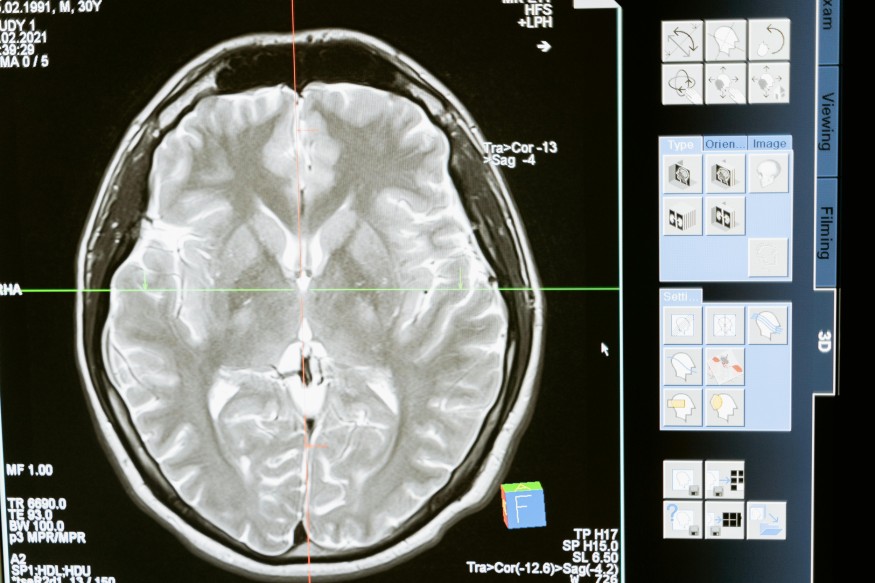
Low-level light therapy is emerging as a hopeful treatment for individuals recovering from significant brain injuries, a new study reveals.
Researchers at Massachusetts General Hospital conducted a study involving 38 patients who had experienced moderate traumatic brain injury. These injuries were severe enough to cause cognitive changes or be detectable on brain scans. Within 72 hours of their injuries, all participants underwent low-level light therapy using a helmet emitting near-infrared light.
"The skull is quite transparent to near-infrared light," explained Dr. Rajiv Gupta, co-lead author of the study from Mass General's Department of Radiology. "Once you put the helmet on, your whole brain is bathing in this light."
Using functional MRI, the researchers assessed the therapy's impact on the brain's resting-state functional connectivity-the communication between different brain regions when a person is at rest and not performing specific tasks.
The study published in Radiology analyzed MRI results across three recovery phases: acute (within one week after injury), subacute (two to three weeks post-injury), and late-subacute (three months post-injury).
To validate their findings, 21 out of the 38 patients did not receive light therapy with the helmet, serving as a control group to mitigate bias and placebo effects.
Patients who received low-level light therapy demonstrated significantly enhanced resting-state connectivity in seven pairs of brain regions during the acute-to-subacute recovery phase, compared to the control group.
"There was increased connectivity in those receiving light treatment, primarily within the first two weeks," noted Dr. Nathaniel Mercaldo, Ph.D., study co-author, emphasizing the need for long-term effect studies.
According to Good News Network, while the exact mechanism of how light therapy affects the brain remains under investigation, previous research suggests it may alter enzymes in mitochondria, boosting the production of adenosine triphosphate-a vital energy molecule in cells. Light therapy also promotes blood vessel dilation and exhibits anti-inflammatory properties.
The study utilized 810-nanometer-wavelength light, already used in various therapeutic applications for its safety, ease of administration, and non-invasiveness. Its portable nature allows treatment outside hospital settings.
Gupta anticipates broader applications of light therapy in treating neurological conditions like PTSD, depression, and autism, which involve connectivity disorders.
"There are lots of disorders of connectivity, mostly in psychiatry, where this intervention may have a role. PTSD, depression, autism: these are all promising areas for light therapy." Gupta concluded.
